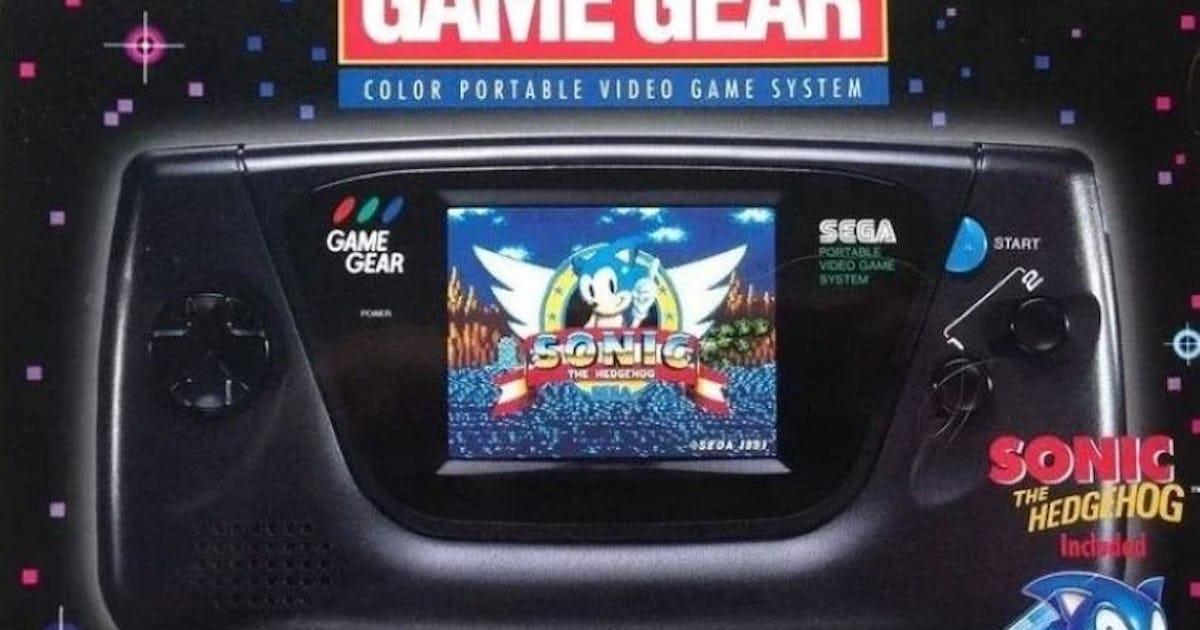
"When Sega unveiled the Game Gear on October 6, 1990, it was a deliberate, teeth-baring challenge to Nintendo's Game Boy. Sega sold a story that ran a stark contrast against the Game Boy's dull grey and green aesthetic. The Game Gear felt like a pocket-sized slice of the Genesis era. It had a backlit color screen, better ergonomics, and hardware that promised a clear technical edge. So what went wrong?"
"Critically, responses were mixed but forgiving. Reviewers praised the Game Gear's color screen, solid resolution and its ability to reproduce arcade-style experiences in handheld form. Common criticisms zeroed in on two recurring problems: terrible battery life (roughly 3-5 hours on six AA batteries under normal conditions) and a sometimes washed-out screen that struggled in direct sunlight. The Game Gear's sales and lifespan reflect both technical ambition and strategic limits."
Strong rivalries drove console innovation during the 1990s, prompting Sega to respond to Nintendo's Game Boy with the Game Gear, launched October 6, 1990. The device offered a backlit color screen, Genesis-like aesthetics, improved ergonomics, and hardware that promised a technical edge. Sales reached roughly 10 million units, outperforming competitors like Atari Lynx and TurboExpress but falling far short of the Game Boy's 100+ million install base. Reviewers praised color, resolution, and arcade-style reproduction. Persistent problems included very poor battery life (about 3–5 hours on six AA batteries) and a washed-out screen in direct sunlight, which limited mass-market adoption.
Read at Inverse
Unable to calculate read time
Collection
[
|
...
]